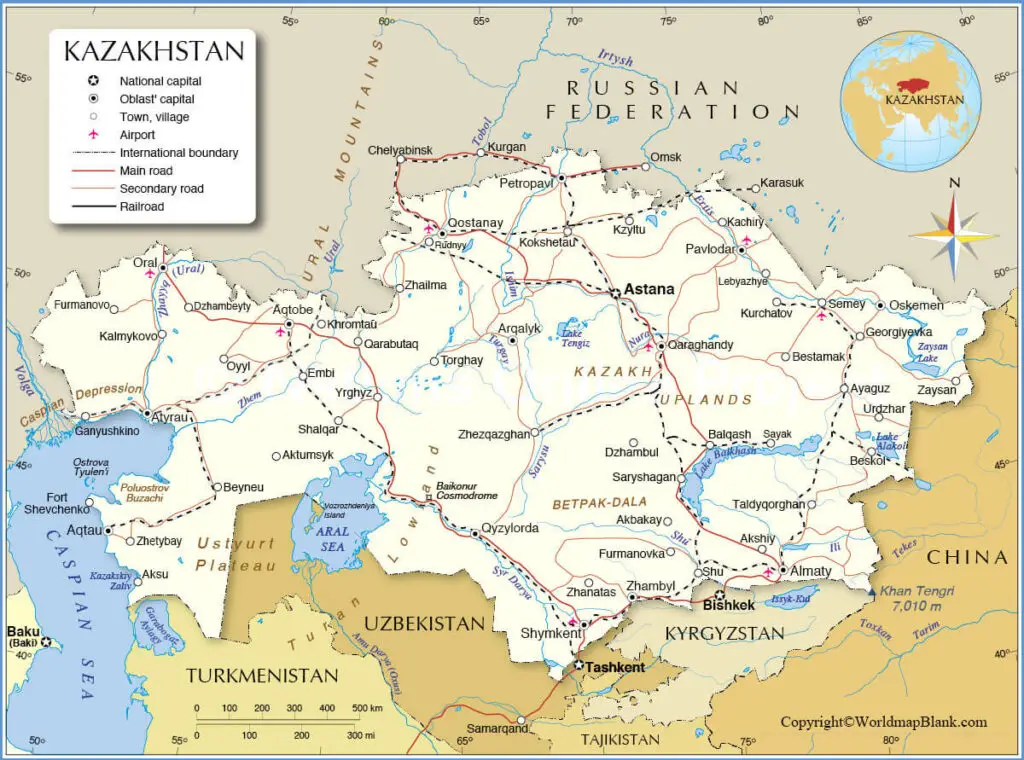Astana and Almaty are the two largest and most important cities in Kazakhstan. Each city has its own unique advantages and disadvantages when it comes to factors like weather, economy, infrastructure and quality of life. Let’s take a deeper look at how Astana and Almaty compare on various metrics.
Climate and Geography
Astana experiences very cold, dry winters with frequent strong winds. Temperatures often drop below freezing from October through April. While the winds can help dissipate heat during summer, they are quite harsh in winter. In contrast, Almaty has a more moderate continental climate due to its location in the mountains. Winters are cooler but not as frigid, and summers are warm without extreme heat. The humidity is generally higher in Almaty compared to arid Astana. Earthquakes also present a small risk, though historically the impacts have been minor. Overall, most prefer Almaty’s climate.

Economic and Industrial Development
As Kazakhstan’s capital city, Astana is the center of government and has experienced rapid development over the past few decades. It is now home to grand governmental complexes, corporate headquarters and international businesses. Astana also aims to become a regional financial hub and has attracted foreign investment during its construction boom. Meanwhile, Almaty was Kazakhstan’s largest city for many years and remains its commercial and financial center. It has a strong presence across diverse industries like mining, technology and tourism. However, some strategic ministries and agencies have relocated to Astana in line with its capital city status.
Lifestyle and Culture
Almaty has a more relaxed and green atmosphere due to its mountain scenery. Parks, outdoor recreational areas and cafes are popular among residents. The city preserves Russian and Soviet cultural legacies and has a globalized feel. Meanwhile, Astana prioritizes modern architecture and feels somewhat artificial given its recent construction. While ambitious planning has created great infrastructure, the fast pace of work life dominates local culture. Astana lacks Almaty’s scenic charm but provides stronger career opportunities in government circles.
Population and Development Status
With over 1.5 million residents, Almaty is by far Kazakhstan’s largest and most populous city. It faces issues of overcrowding, traffic and pollution due to uncontrolled growth. In contrast, Astana has a moderate population of just 1 million by design. As the purpose-built capital, its infrastructure and planning are more advanced overall. However, some argue Astana still needs time to build a defined cultural identity and local community compared to historic Almaty. Both cities continue expansive development projects to accommodate rising populations and economies.
Living Costs and Amenities
Rents, property prices and general cost of living expenses tend to be markedly higher in Almaty versus other Kazakh cities due to its size and economic significance. High-end international schools, healthcare and supermarkets cater to wide demographics. Meanwhile, Astana aims to match Almaty’s standards over the long-run but remains more affordable for now. Both capitals have advanced transportation like metro systems, though traffic jams are worse in sprawling Almaty. Expats appreciate the global amenities and diversity of both prime urban hubs.
Overall Comparison
While opinions vary personally, most analysts recognize Astana and Almaty as complementary rather than competing cities within Kazakhstan’s urban hierarchy. Astana excels as a center of modern governance and ambitious nation-building due to its role as planned capital. Meanwhile, historic business hub Almaty maintains first-mover advantages as the country’s undisputed finance, trade and tourism leader. Both face challenges around pollution and urbanization pressures that governments strive to address sustainably. Overall, the unique strengths of each city continue attracting inhabitants and investors nationally.

 What You Need To Know About The Wuhan Coronavirus
What You Need To Know About The Wuhan Coronavirus